Smoothies are amazing for a plethora of reasons. They can be packed with fresh fruit and vegetables, and are also nutritious for on-the-go times. There is an art to crafting a well-rounded, flavorful smoothie, so if you’re new to smoothies, stick with it. Nailing the right texture and taste takes time, but here’s a few tips from an avid moringa smoothie fan!
How to Make the Perfect Moringa Smoothie
Let’s first start with the equipment. You need a blender to make a smoothie. Investing in a powerful blender is key. I personally use a Vitamix. Though the upfront cost may be daunting, it will make all the difference, and it can also be used for other kitchen related endeavors, like nut milk. Think of a high quality blender as an investment in your health.
I typically break down a smoothie into 4 parts: fruit, greens, liquid (sometimes referred to as your base), and nutrient dense powder. By selecting one, or more, items from each category, the end result is a satisfying and nutritious smoothie.
Part one: Fruit
Fruit is what gives the smoothie its sweetness, while also adding vital vitamins to your smoothie. I always include banana as a staple in my smoothies. It’s light in flavor, high in potassium, and helps thicken the smoothie.
For even thicker smoothies, consider freezing the banana prior to adding into your smoothie, or you can add ice for a thicker consistency. Other fruits to include are blueberries, peaches, raspberries, strawberries, blackberries, cherries, acai, and pitaya (pink dragon fruit).
I typically buy frozen fruit, as it’s more cost effective and will last longer, and simply is much easier. For your smoothie, pick 2-3 fruits to add in if you’d like.
Part two: Greens
There are many great greens to choose from that will add extra nutrients, and help balance out the sweetness of the smoothie. The following are greens I’ve found work best: kale, spinach, collard greens, and chard.
I suggest adding in a small handful of one green into your smoothie. You can always adjust with time.
Part three: Liquid
Nowadays, there are so many milk alternatives to choose from. To keep things extra clean, I chose to make my own nut milks. My favorite is almond, but macadamia and cashew also taste great.
To make your own nut milk, simply take 1 cup of nuts and soak them for 2-4 hours (depending on the hardness of the nut). Then rinse them with clean water, and add them to the blender with 4 1/2 cups of water and blend until smooth.
Strain the milk through a nut milk cloth, and voila, your own nut milk! It’s best to use it up within 3-5 days of making it. Other liquids to use can be coconut milk, dairy milk, fresh juice, and even water will do.
Part four: Nutrient dense powder
This step is where your smoothies can really pack a punch. My go-to powder is Kuli Kuli Pure Moringa Powder powder. It’s nutrient-dense, and also supports sustainable moringa farming!
Moringa has 2 times the amount of protein as yogurt, 4 times the vitamin A of carrots, and 4 times more calcium than milk. By purchasing moringa powder from Kuli Kuli, you are also supporting farmers and moringa suppliers like Pamela Soroti and Teddy Ruge, who help grow moringa sustainably in rural communities. It’s a win win!
Making Your Moringa Smoothie
Once you have chosen which ingredients to include from the sections above, it’s time to make your smoothie. We’ll make it easy as one step, at this point:
- Add all ingredients into the blender, and blend until a smooth consistency is achieved. If you like it on the thicker side, then keep an eye on it and blend it a bit less so you have some small pieces of fruit left. You can experiment to see what you like best!
If you like to get creative in the kitchen, this part is for you. I love the process of plating food and presenting it in an aesthetically pleasing way.
I typically start with a canning jar as the vessel for holding my smoothie, but whatever vessel you fancy will do. Once I pour the contents of my delectable creation into the jar, I then decide on which toppings to use for garnish. My favorite things to decorate my smoothie with are dates, shredded coconut, cacao nibs, and chia seeds.
Tropical Green Moringa Smoothie:
*For all or these recipes, add all ingredients into the blender. Then, blend until a smooth consistency is achieved. If you like it on the thicker side, blend it a bit less! |
 Blu-nana Smoothie with Dates Blu-nana Smoothie:
*For all or these recipes, add all ingredients into the blender. Then, blend until a smooth consistency is achieved. If you like it on the thicker side, blend it a bit less! |
Hot Pink Punch Smoothie: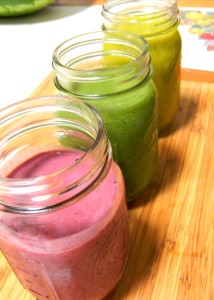 Hot Pink Punch Smoothie
*For all or these recipes, add all ingredients into the blender. Then, blend until a smooth consistency is achieved. If you like it on the thicker side, blend it a bit less! |
We hope this explanation was helpful to you, and that you are on your way to creating fabulous smoothies. Have fun with the process and get creative! Besides being healthy and delicious, it’s nice when smoothies are a delight to the eye.
This summer 2020, we also have a moringa smoothie giveaway happening! Here’s a quick reminder of how to enter. We can’t wait to see your creations!
・・・
1. Post a photo of your delicious Moringa Smoothie
2. Tag @kulikulifoods
3. Use the hashtag #MyMoringaSmoothie
・・・
We would love to hear from you as well. What combinations have you found work well together? Please share your recipes and suggestions with us!
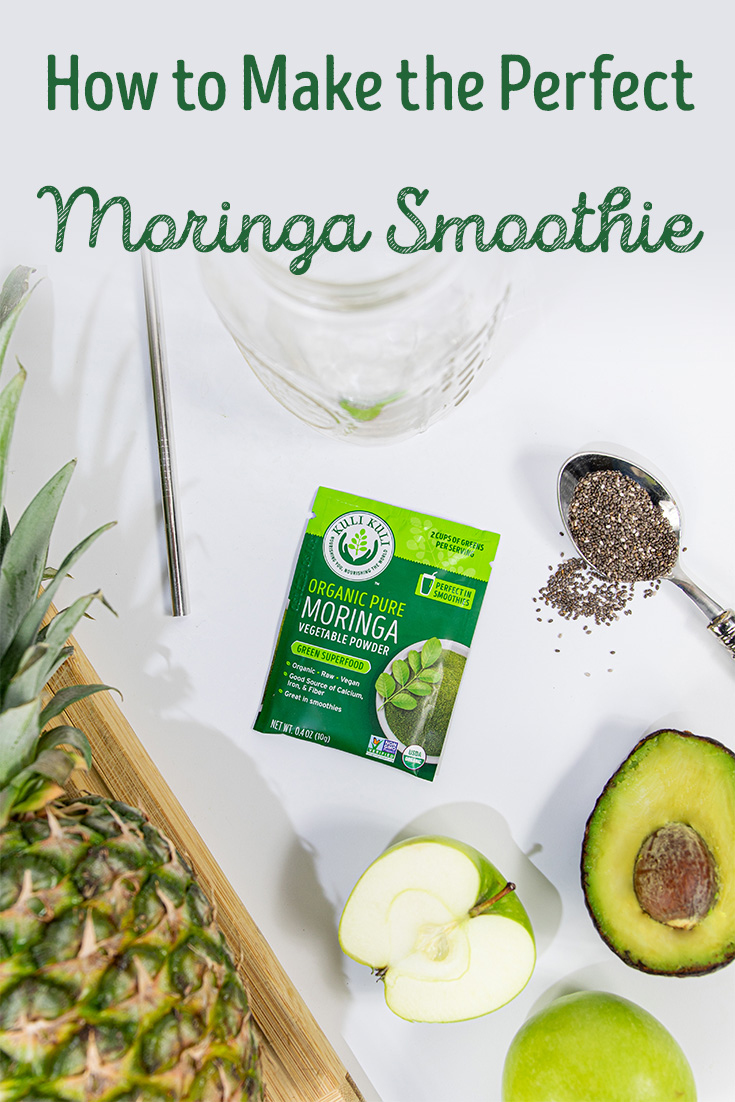
Follow us @KuliKuliFoods and use the #mymoringasmoothie to show us your creations!

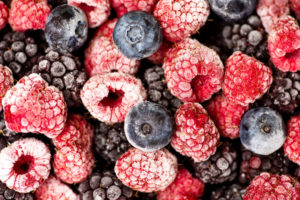
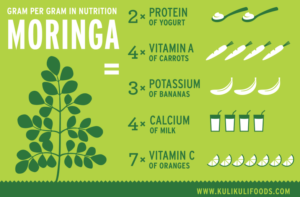

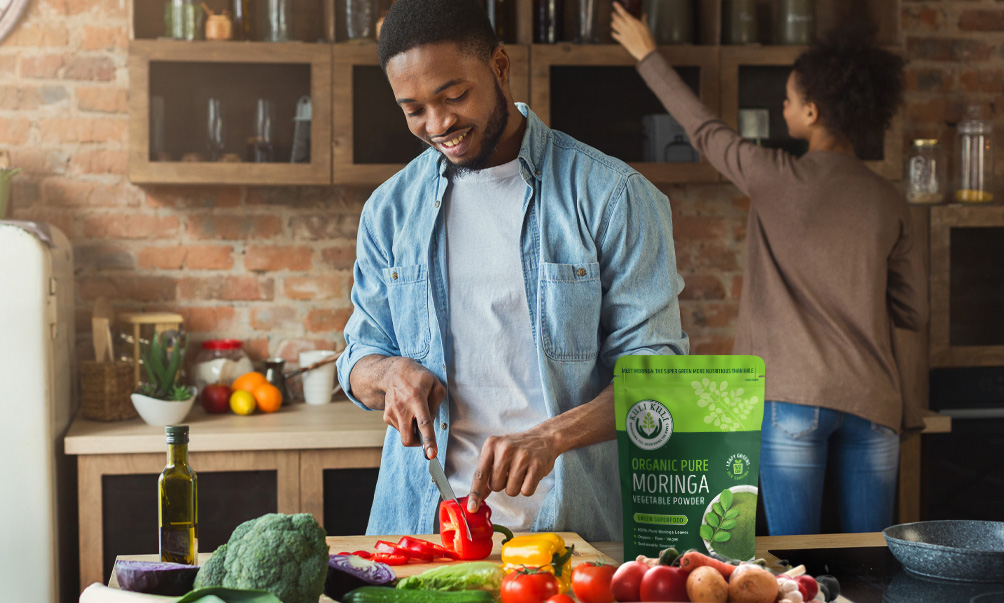
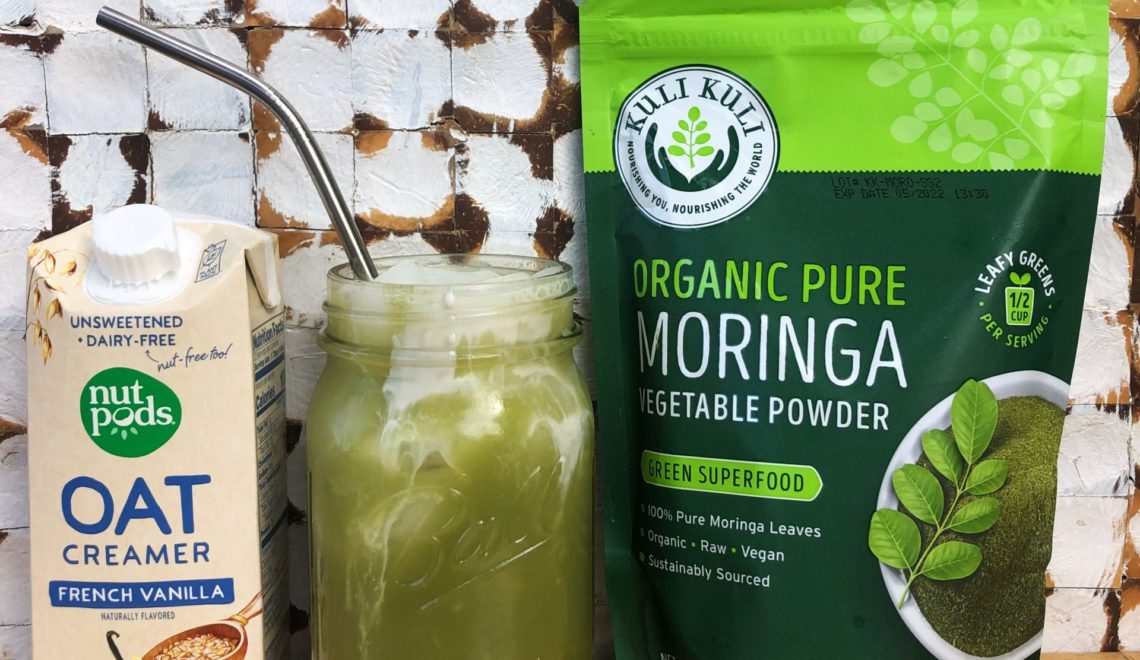
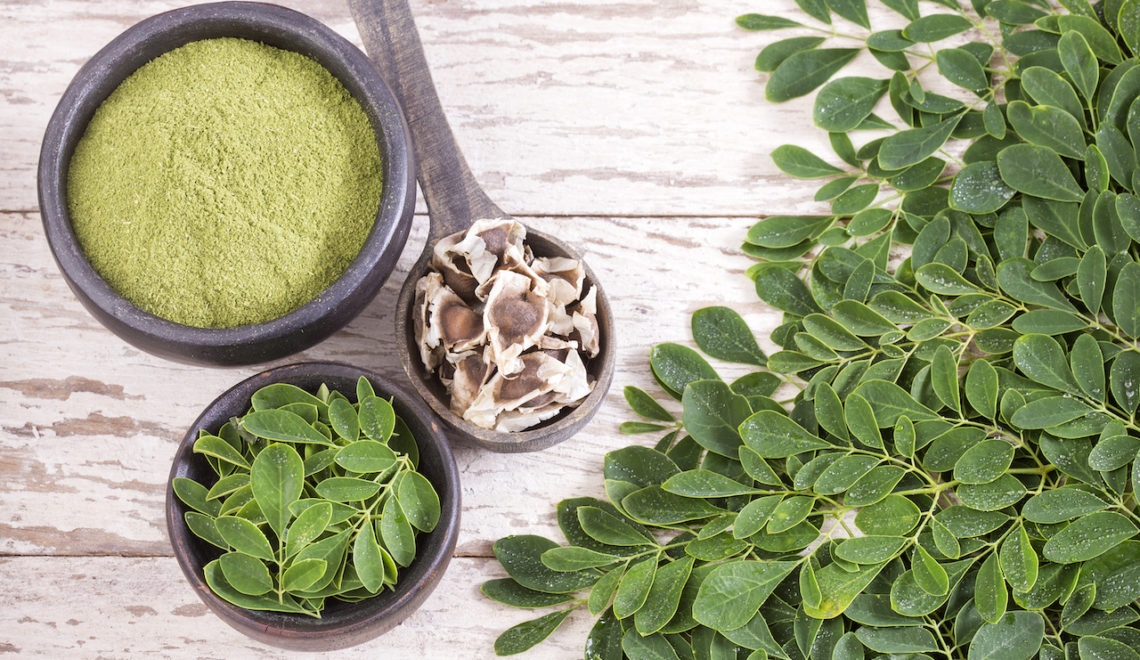







My go to breakfast recipe is
1 medium sized banana
250 ml dairy cow milk
2-3 tsp roasted flax seeds powder
1/4 tsp moringa leaves powder
6-9 crushed almonds
Blend all except almonds. Sprinkle then for the extra crunch and Vitamin E.
Hi Manisha! That sounds delicious. I like the addition of flax seeds and crushed almonds. Yum 🙂
So what size scoop do you use for the moringa powder?
Hi Tony! If you’re just starting to add moringa to your smoothies, I would use a 1 teaspoon scoop (per person)! If you are making a smoothie for more than one, feel free to add more than that. It’s high in fiber, so we recommend starting with that 1 teaspoon first!
wendymccloven@gmail.com I just like your picture of your farm. In the background. All the recipes sound so good going to try try them all.
I am having a really hard time with the green taste of moringa. What does it “hide” the best?
My guess is pineapple or mango might cover it up well.
You may be putting too much, one teaspoon could be more than 8oz. Of ingredients, Moringa has a strong ditstinctive taste thats good for chicken soup which is what theuy use to make filipino tinola whichi is basically water, chicken moringa leaves, ginger, a little onion, blsck pepper, yoi can use grren papaya as a vegetable….if not potatoe will be fine…season to taste..